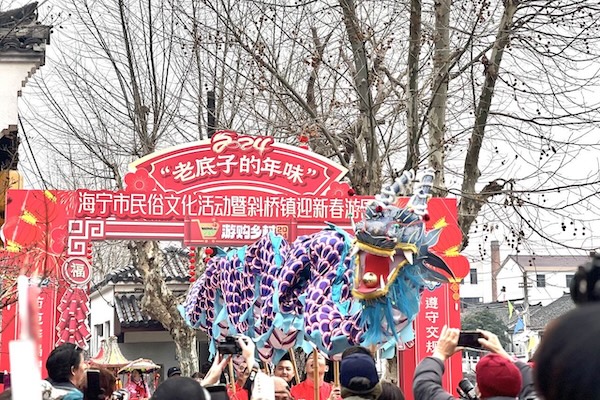Three Chinese items added to UNESCO heritage list
The Qiang New Year festival, celebrated in Sichuan province, often takes place on the first day of the tenth lunar month, during which Qiang people gather to hold ceremonies, pay tribute to deities, celebrate the harvest and pray for blessings in festive attire.
In 2008, when the devastating 8.0-magnitude Wenchuan earthquake hit many places where Qiang people live in Sichuan, quite a number of Qiang villages were destroyed and many inheritors passed away, putting at grave risk the tradition, which is only passed on by word of mouth and face-to-face teaching.
Since then, governments at all levels have issued policies and regulations to protect and popularize the festival, while traditional Qiang villages have been restored and their infrastructure has improved.
"The item's inclusion in the UNESCO list showcases the close attention the Chinese government and society have paid to vulnerable intangible cultural heritage. It also tells us that as long as we are dedicated to protection, we can save even very endangered items," said Yuan Li, a researcher at the Chinese National Academy of Arts specializing in studies of China's intangible cultural heritage.
The endangered traditional textile techniques of the Li ethnic group in Hainan province faced a crisis over a dozen years ago due to low market demand and its limited passing on by word of mouth among females. Yuan noted that with the involvement of male inheritors, product promotion, and modern integration, the craft is experiencing a revival.
UNESCO's documentation said that in the absence of a written language, the patterns on textiles record the history and legends of Li culture as well as aspects of worship, taboos, beliefs, traditions and folkways. These are therefore an indispensable part of the cultural heritage of the Li ethnic group, allowing communities to strengthen their shared historical memory and cultural identity.
Pan said the addition of these items is hoped to bolster the inheritors' sense of mission, encouraging them to promote understanding of their skills and practices, thereby fostering a more conducive environment for the items' future growth.
Peng Chao and Chen Bowen contributed to this story.





 play
play